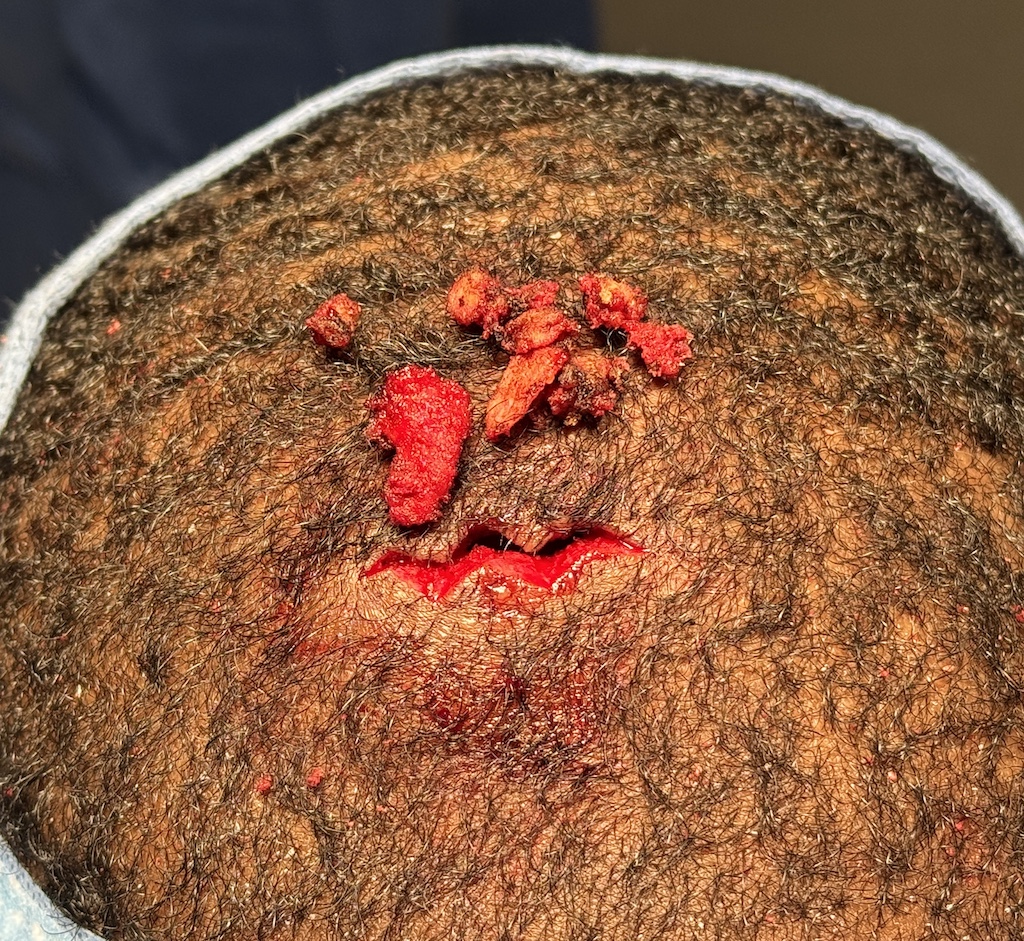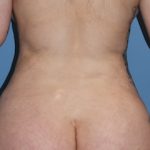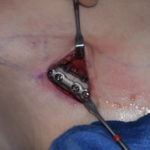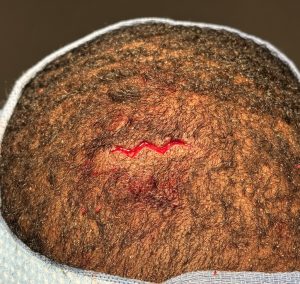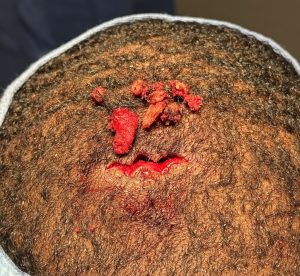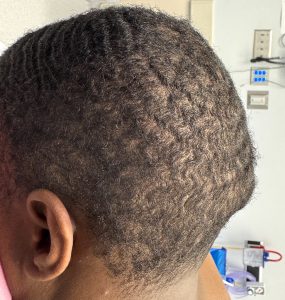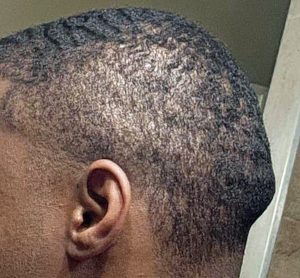Background: The occipital knob is a natural spike of bone on the visible end of the bony back of the head. Why it gets more visible in some people is not known although it appears to be more gender specific as I have seen it in many men but never yet in a woman. This does not mean it does not occur in women, just that no female has yet requested an occipital knob reduction procedure. Perhaps this is due to shorter hair or shaved heads in men where any prominence of the knob would be more visible.
Regardless of the gender when performing an occipital knob reduction it is important to recognize the thickness of the scalp overlying it. The thicker the scalp the more likely redundant overlaying scalp tissue may be present which may need reduction/removal as well. In thinner scalps, usually in patients with more fair complexions and lighter hair colors, the scalp is thinner as well and it will naturally contract down and be smooth once the bone is removed. But in patients with darker skin pigments and hair color, the scalp will be thicker and the bony knob protrusion will have created a thicker scalp tissue layer over it as well. In extreme cases a scalp tissue roll may even be present.
In these tissue redundant knobs it is important to do more than just bone removal. Bone removal alone will cause a collapse of the overlying soft tissues and rather than contracting and getting smaller a bunching effect will be created. This can leave a residual knob appearance which is now soft tissue rather than bone albeit usually smaller in size.
Case Study: This male had a prominent occipital knob and a thick scalp immobile scalp over it.
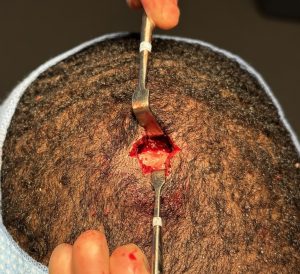
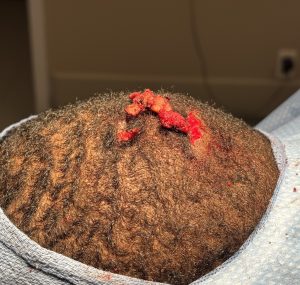
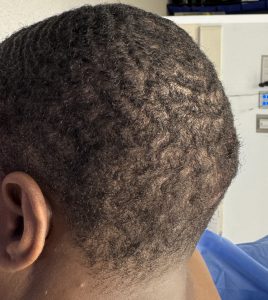
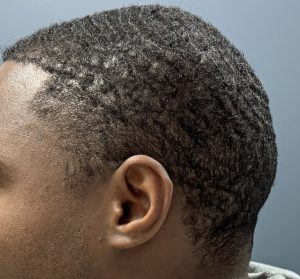
Whether soft tissue reductions over and around the occipital knob are needed is ultimately an intraoperative judgment, there is one preoperative indicator if it is needed. How mobile is the scalp over the knob? If the scalp moves fairly freely then soft tissues will not likely need to be removed. If the scalp is stuck down over the knob and is fixed the tissues are thicker and fibrotic and some soft tissue reduction will likely be needed.
Key Points:
1) The prominent occipital knob causes a visible protrusion but some of that protrusion may be excess soft tissue as well.
2) Excising obvious thickened or redundant scalp tissues can ensure that the prominent occipital knob becomes completely reduced.
3) Soft tissue reduction over the occipital knob is typically of the immediate overlying deeper tissues and not the scalp.
Dr. Barry Eppley
World-Renowned Plastic Surgeon

